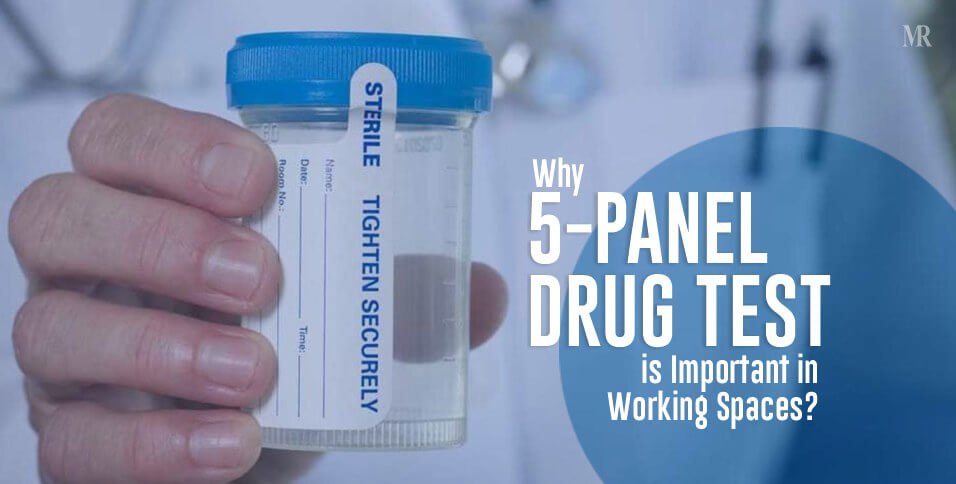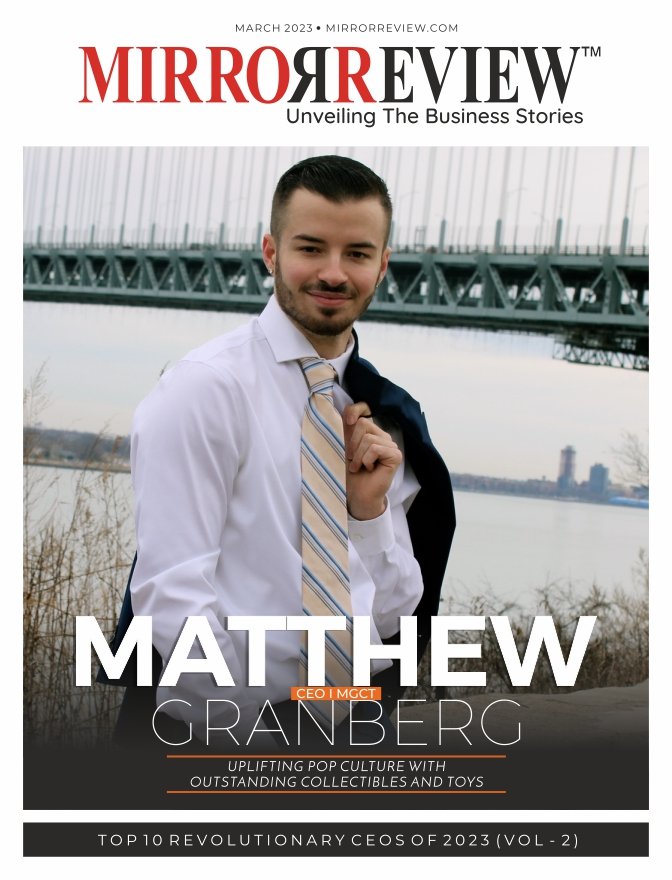Drug addiction in the workplace has become a major concern around the world today. Thus, drug tests of current and potential employees to prevent and detect drug addiction in the workplace. Drug testing can aid in the reduction of employee healthcare expenses and help in boosting employee morale, productivity, and performance. The 5-panel drug test is one of the drug tests that are becoming prevalent nowadays.
The 5-panel drug test is the most common type of drug test administered to individuals and companies. As the Department of Transportation (DOT) space and other Federal tests commonly use 5-panel drug tests, they are a splendid solution for firms looking to develop a reliable drug testing program. For random drug testing, the 5-panel drug test is often used. It can be ordered as a lab-based or fast drug test. It is also used by most non-regulated enterprises.
Why 5-panel Drug Test?
The 5- panel drug test identifies the major drug classes in a single analysis, are easy to administer, rapid, and efficient to use, and may diagnose substance misuse in under three minutes. They usually have a lengthy shelf life, so you can always have a couple on hand and trust that they’ll be just as accurate as of the last.
According to the National Drug-Free Workplace Alliance, approximately 74 percent of workers intake illegal drugs. Employees who take drugs account for almost 40% of all workplace fatalities in the United States. This emphasizes the significance of drug and alcohol testing in the workplace.
Procedure for the 5-panel Drug Test
All drug tests follow the same procedure, with each panel representing a different drug being evaluated. A 5-panel drug screening, for example, looks for 5 substances. Because it screens for the 5 most commonly misused substances, the standard 5-panel drug screening urine test is the most prevalent and is routinely employed by private businesses and government agencies. It takes at least one business day for a 5-panel drug test to return negative findings. It may take extra 3-5 business days to confirm a non-negative rapid or regular 5-panel test.
Rules for the 5-panel Drug Test
Employers must follow strict drug testing protocols to maintain the integrity of a drug-free workplace. They may ask applicants who have been offered conditional jobs in the United States to take a drug test. When making employment announcements or posting job advertising, they must make this condition clear.
Employers in the United States may conduct random drug testing among their present employees as part of their drug-free workplace program. Drug testing may be undertaken if
they are suspected of drug use, if they have completed drug rehabilitation following a positive drug test, or as part of a legally required, routine medical examination.
Within the United States, several rules apply to drug tests of the person and the employment position. A drug test’s comprehensiveness is determined by the number of panels it contains.
The following drugs are checked for in a 5-panel drug test:
Marijuana

Marijuana, commonly known as tetrahydrocannabinol (THC), is by far the most prevalent substance for which people test positive for drug tests. Marijuana is available in a variety of forms, including dried flower buds, hash or oil, and baked goods like cookies and brownies. The federal government classifies cannabis as a schedule 1 substance with no therapeutic value. As a result, THC is still detected in all normal 5-panel drug tests, regardless of whether it is legal in a jurisdiction.
Cocaine
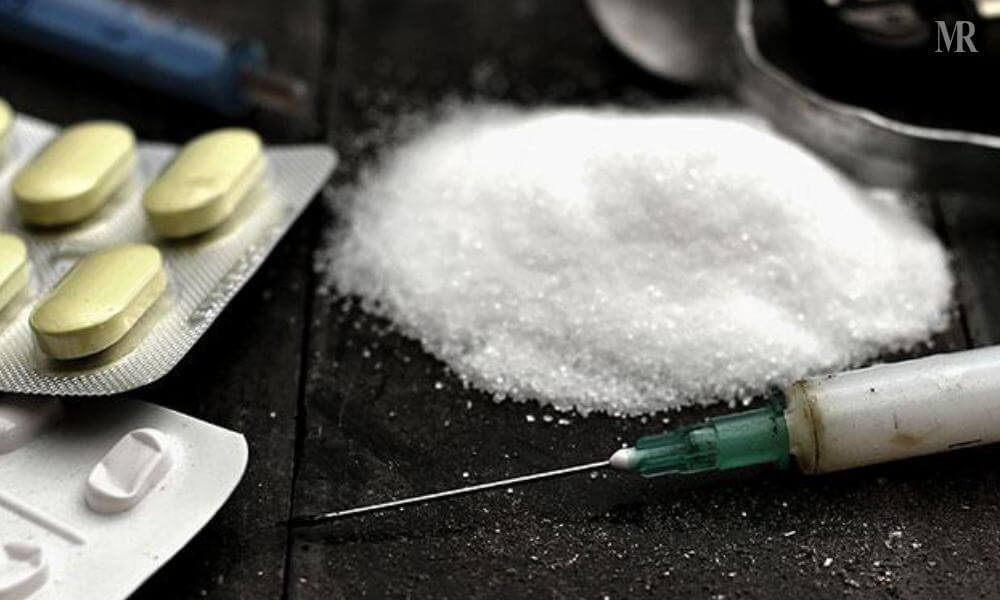
Cocaine, sometimes known as coke, is a powerful stimulant that is commonly used as a recreational drug. It’s made from the cocoa plant’s leaves, which are native to South America. Cocaine is commonly sold as a white powder, and it’s frequently mixed with other powders that seem similar, such as baking soda, as filler. The federal government classifies cocaine as a Schedule 2 drug, having a far higher potential for addiction and abuse than Schedule 1 narcotics.
Amphetamines
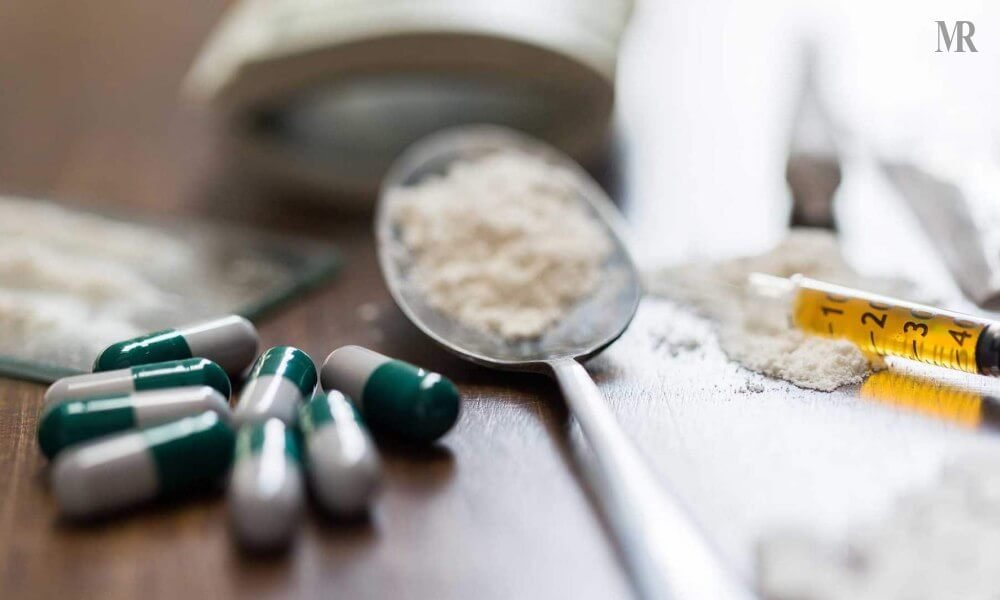
Amphetamines are commonly found in tablet form and, like cocaine, are susceptible to fake fillers because the user frequently crushes them for snorting. Adderall and Ritalin are two prominent types of stimulants used to treat ADD and ADHD. Amphetamines, like cocaine, are stimulants and appetite suppressants, but to a lesser amount. Amphetamine, like methamphetamine, is a schedule 2 substance with a high potential for misuse, which can lead to hazardous physical dependency or psychological addiction.
Opiates

Opiates are used to make heroin and other prescription medications like morphine. They come from the opium poppy plant, which is native to Southeast Asia. Opiates cause the user to feel euphoric and relieve pain. They can be injected, snorted, or smoked. Physical and psychological addictions are both quite strong. Because there are so many varieties, some of which are lawfully used in medicine, the DEA schedules them differently. For example, heroin is classified as a schedule 1 drug, whereas Vicodin is classified as a schedule 3 substance.
Phencyclidine/PCP
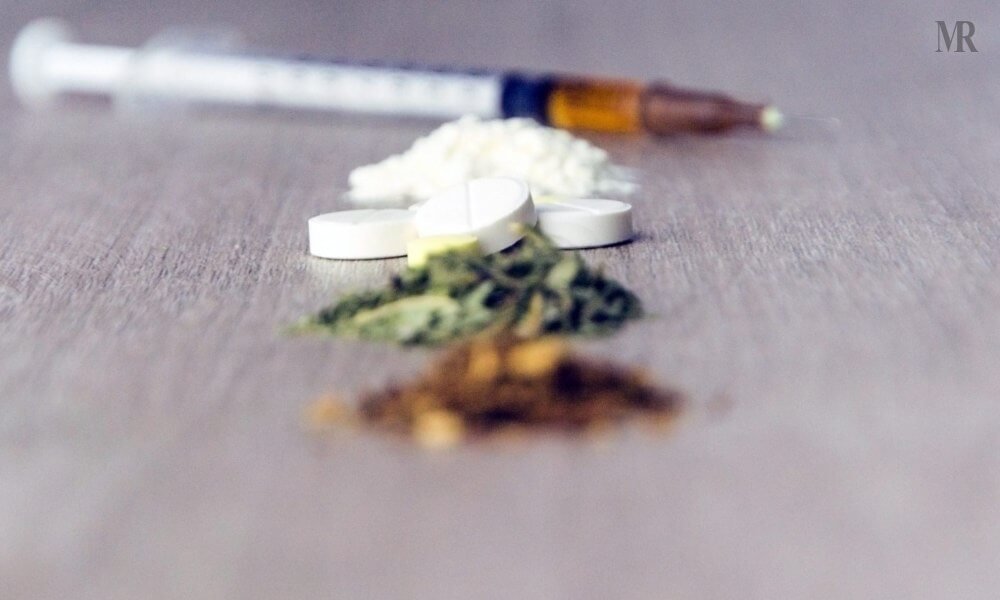
Phencyclidine, popularly known as PCP or angel dust, is an allowed animal tranquilizer that is frequently stolen or manufactured illegally in laboratories. It’s available as a clear, yellowish liquid or as a powder. Snorting, smoking, and injecting PCP are all common methods of administration. The side effects include hazardous hallucinations and long-term use can lead to schizophrenia-like symptoms. The federal government classifies PCP as a category 2 substance.
The drugs listed above are some of the most often misused substances that National Drug Screening will look for during a 5-panel drug test. Employers and individuals can get urine and hair testing anywhere around the country. A 5-panel drug test can detect the following medications in urine 4-7 days after usage, while a 5-panel hair test can identify them up to 90 days after use.
5-panel Drug Test vs. 10-panel Drug Test
The 10-panel drug test can be an alternative to a 5-panel drug test. Just like the 5-panel drug test, the 10-panel drug test looks for ten of the most commonly mishandled prescribed medicines in the US. Although a 10-panel drug test can be performed using blood or other bodily fluids, urine tests are the most common.
The amount of substances tested for is the key distinction between 5-panel and 10-panel drug tests. As a result, a 5-panel drug test may detect the five most criminal compounds, and a 10-panel drug test can detect ten distinct illegal chemicals in the patient’s system.
A 10-panel drug test can identify the following restricted drugs.
Amphetamines
Cocaine Metabolites
Marijuana Metabolites (THC)
Opiates
Phencyclidine (PCP)
Barbiturates
Benzodiazepines
Methadone
Methaqualone
Propoxyphene
It is important for employers to screen for these drugs during a 5-panel drug test because they are the most widely abused and hazardous. Intake of these substances can pose a risk to the productivity and stability of users and the workplace itself.
FAQs about 5-panel drug testing
- What is the reliability of drug test results?
A verified positive result almost guarantees that the specified medication is present in the material at a concentration.
- How quickly will I be able to pass a urine drug test?
Users who use less than twice a week may test positively for 1-3 days. A moderate drug user (who uses several times per week) can test positive 7–21 days after their last usage. A heavy drug user’s urine might test positive for up to a month after their last usage.
- What are the drug detection windows in urine?
Urine drug testing detection times vary depending on the type and brand of urine drug test kit used as well as the drug being tested for. Although drugs are only detectable for up to 72 hours after last use on a urine drug test, except for cannabis, which can sometimes be detected for up to 30 days or longer.
- How frequently may I get tested for drugs?
The frequency with which you may be subjected to a drug test is normally determined by your employment contract and company rules. It frequently depends on the job you play at work and the hazards that come with it.
- Is the 5-panel drug test affected by the menstrual cycle?
Yes, the 5-panel urine test could be contaminated by a urine test taken during a menstrual cycle.
Also Read: Guide to 10 Free Healthcare Countries and Universal Healthcare Services

